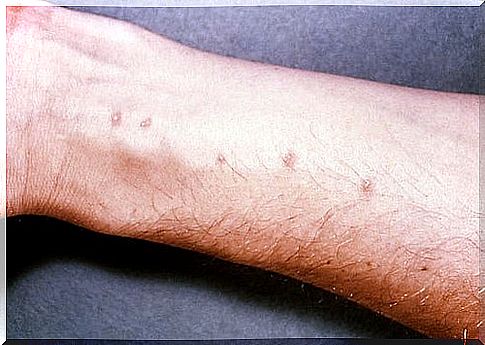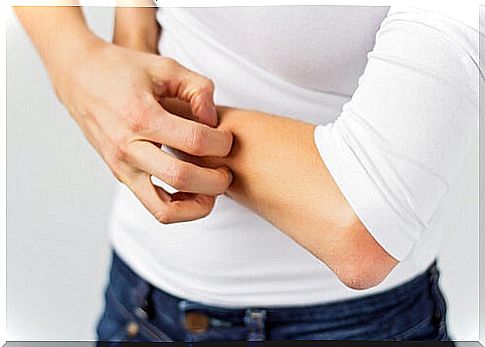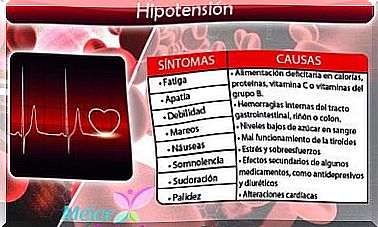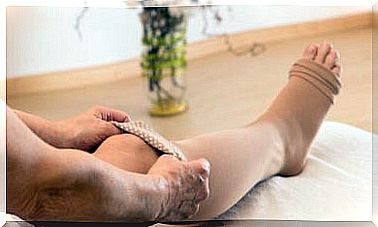Home Treatments For Allergic Dermatitis
To avoid allergic reactions we must protect our skin or place a shield that helps us avoid direct contact with the triggering agent

Some people sneeze when faced with ragweed pollen or cat dander. And some people break out into a rash, known as allergic contact dermatitis. It occurs when your skin comes into direct contact with substances that are normally harmless to most people. Some are certain ingredients in costume jewelry or makeup. That is why in this article we tell you what are some home treatments for allergic contact dermatitis.
In allergic contact dermatitis, the body’s immune system reacts to direct contact with an allergen (a substance that the body incorrectly identifies as harmful) by producing an itchy rash on the skin where contact has occurred. Thus, a person with a nickel allergy who wears a nickel bracelet will develop a bracelet-shaped rash where it was worn.
The most common allergens for allergic contact dermatitis is poison ivy. It can cause reactions in at least half of the people exposed to it.
Allergic dermatitis: Allergy detection
Identifying a rash as allergic contact dermatitis is not always easy. However, an airborne allergen, such as ragweed dander, usually causes sneezing or a runny nose.
However, it may take up to 72 hours after contact with the substance before the reaction appears.
Because of this, identifying the culprits and choosing an efficient home remedy becomes difficult. What complicates the diagnosis is the fact that one has to become sensitized to a substance before it can cause a rash. That means that one has to come into contact with said substance at least once before the next contact causes an allergic reaction.
In fact, it sometimes takes repeated contact with a substance before the body becomes sensitized to it. So, for example, you can wear the nickel bracelet once or even dozens of times without any problem, but one day, suddenly, an allergic reaction occurs. In these cases, detecting the cause of a rash and selecting a home remedy can be challenging. This is because it can be caused by small amounts of the offending chemicals.
Nickel allergy

If you are sensitive to nickel, wearing nickel-containing jewelry in a hot and humid environment can aggravate your allergy, as perspiration leaks out some of the nickel. So before you start exercising or going out in the heat, remove all jewelry that contains nickel.
Be careful with ear piercing. If you decide to get your ears pierced, but you have a nickel allergy, make sure the first earrings have stainless steel studs. Also make sure the needle is stainless steel. Otherwise, the needle may contain nickel and you may risk an itchy rash.
You can also put a shield on nickel jewelry. This is done by painting the surfaces that come into contact with the skin with clear enamel.
Choose only the best. Even 14 karat gold jewelry has some nickel in it. So if your skin reacts strongly to nickel, you may have to limit your gold purchases. Other safe options include platinum and stainless steel.

Become a tag reader
If your skin begins to break out on contact with 4-Aminobenzoic Acid or another common chemical in consumer products, you will be doing your skin a favor by reading the ingredients carefully and choosing only those that do not have 4-Aminobenzoic Acid. Some products are even conveniently labeled “free” of certain substances. This is because they are known to cause allergic reactions (you may find sunscreens, for example, with an advertisement and labeled “4-Aminobenzoic Acid free”).
Don’t rely on the “hypoallergenic” label. It is an ambiguous term and has no legal meaning. If you can’t tell if a product contains a substance you’re allergic to, try checking with the manufacturer. You can also run your own patch test. This is done by applying a little of the product to the skin on the inside of the forearm. You will have to wait three or four days to see if a rash develops.
Protect your skin
Protect yourself against exposure to poisonous plants. Wear long pants and long-sleeved shirts when in areas where these plants are likely to be found.








